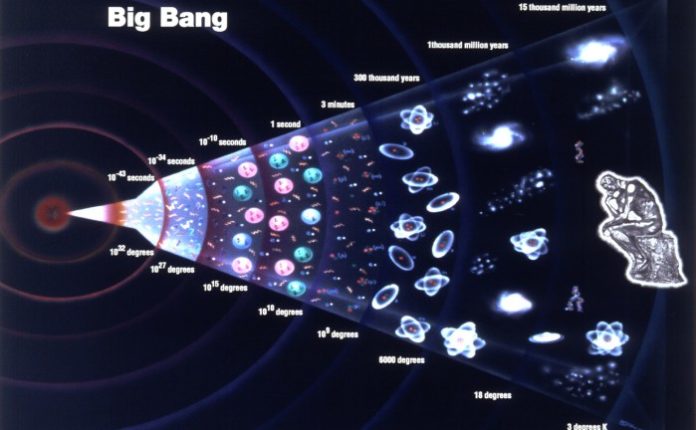Have you eternally thought of the formation of the universe? How did this planet Earth that we are breathing on get made, and how did the different celestial bodies like the stars, asteroids, moon, sun, and galaxies form? All these questions are pretty ordinary, and we think about these things almost every day. Yet, the world astonishes us in every aspect of cognizance.
The Big Bang theory is how cosmologists describe the formation of the universe. Now, don’t think about the successful 2000s sitcom, The big bang theory. Though the comedy-drama revolved around the lives of engineers and physicists, the actual Big Bang theory is something else. It is formed on the doctrine that the world began as a single point or dot and developed, and it is still expanding today! Georges Lemaître proposed this idea in the year 1927.
Edwin Hubble approved it, declaring that some planets keep getting away from us and implied that the cosmos keeps expanding. It took 13,800,000,000 or 13.8 billion years for this world to form into planets, the stellar system, and astronomical bodies.
According to conjectures, the universe was formed by minute cores of blackholes called singularities. No one knows if the theory is correct or not but, it gets widely believed that after its appearance, the big bang (the process) got extended and cooled down again and again and went from very fiery and tiny to the optimum size and temperature of the cosmos. Finally, the creation cooled sufficiently and authorized subatomic and atomic particles—clouds of elements like helium, lithium, and hydrogen combined via gravity and formed the celestial bodies.
In some documentaries, it gets often shown that the universe got formed due to a massive explosion. However, there was no explosion rather expansion, according to scientists. Matter, energy, space, and time did not exist at that time. According to Nasa’s official website- if we occurred to look at the universe formed one second after the Big Bang, we could have witnessed a 10-billion degree sea of neutrons, protons, electrons, anti-electrons (positrons), photons, and neutrinos.
The National Aeronautics and Space Administration (NASA) states the hydrogen would have cooked into the different elements due to the density and hotness after the Bing Bang had the universe been in that state for a long time.
We all know that hydrogen combines with oxygen to form water, and water is the basis of life on Earth.
The Big Bang’s existence was identified clearly after Hubble and COBE. The theory that the universe rate of expansion would slow down with year was proved wrong in 1996, and it was stated that the rate was accelerating. The former hypothesis was formed because mass creates gravity, gravity creates pull, and the pull would attract the different bodies together, slowing the expansion. The term ‘dark energy’ got coined by scientists for an unknown phenomenon that is separating the universe and making it away from each other.
Scientists believe that the Big Bang is not infinite, and the universe will collapse in the future! The universe is so huge that we cannot perceive the mysteries behind it, but we can surely try to learn about it.





